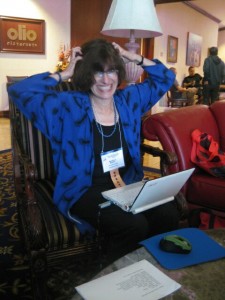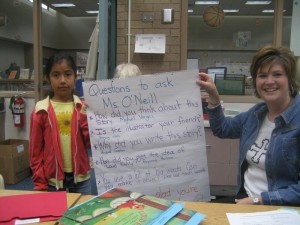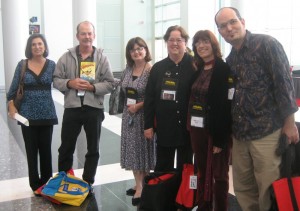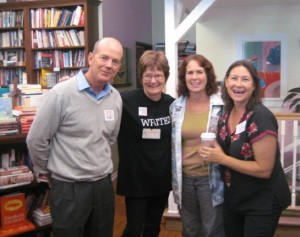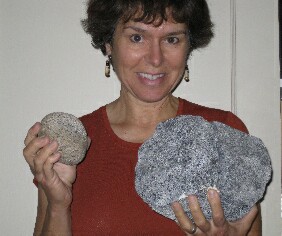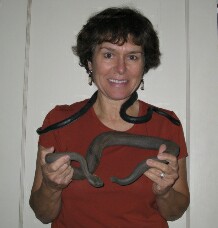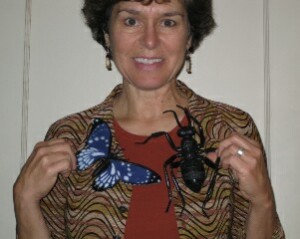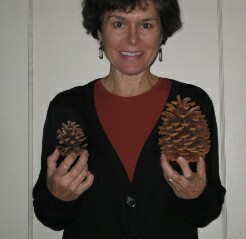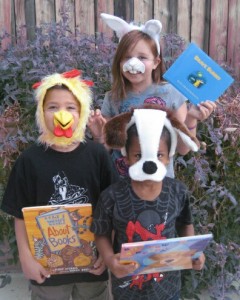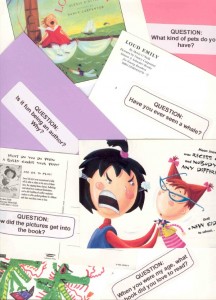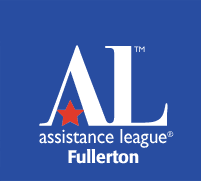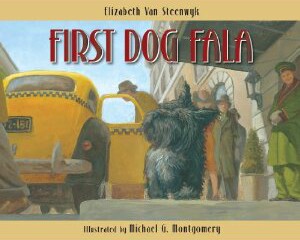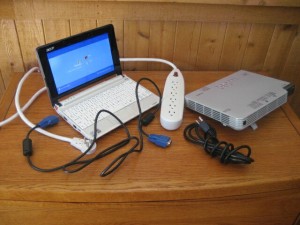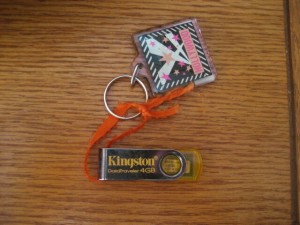Recently, I was doing a presentation at a conference for reading teachers with two other authors. The three of us had met twice to plan our session and had conversed via email. Two of us had pre-loaded our PowerPoint shows onto my netbook and gave them a test-drive. Our third partner lived a bit farther away, and didn’t have a chance to load her show. She also was going to arrive a little later than us, but in plenty of time for us to transfer her show from her flashdrive to the one computer.
Then – panic.
Her show, created on a Mac, wouldn’t load onto my PC. I’m enough of a TechoToddler to know what I didn’t know – and that was how to coax one device into talking with another. Then suddenly I remembered something my husband had said – that PowerPoint, without the bells and whistles, is really just a series of images.
Time was ticking away.
The solution was to convert her images into jpegs. But how? Luckily, my colleague’s husband was working from home. He found her file and exported it as individual jpegs and sent them via email.
The clock was ticking louder as each image downloaded.
But, just in the nick of time, she was able to transfer the images onto my netbook.
Instead of one click to launch a show as with PowerPoint, she had to go back to the desktop to find each image during her presentation. The good thing was she had already labeled them in numeric order, so they were easier to find than if each had been given a title. Finding the images became a bit of a game, and the participants were very understanding – they even joined in the treasure hunt for each slide.
So what was the Big Take-Away for me? When doing a group presentation, load and rehearse everyone’s show before leaving home. And don’t panic if things don’t go as expected. Options fly out of your head when your adrenaline is surging and you’re in flight mode. Have a back-up plan in place.
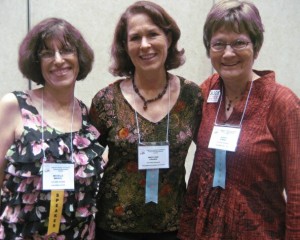
All's well that ends well. Michelle Markel, Mary Ann Fraser & Alexis O'Neill breathing easier post-presentation.
Oh – and remember, if all else fails, talking was invented before PowerPoint. It’s okay to just do your presentation, painting pictures out loud with words.

